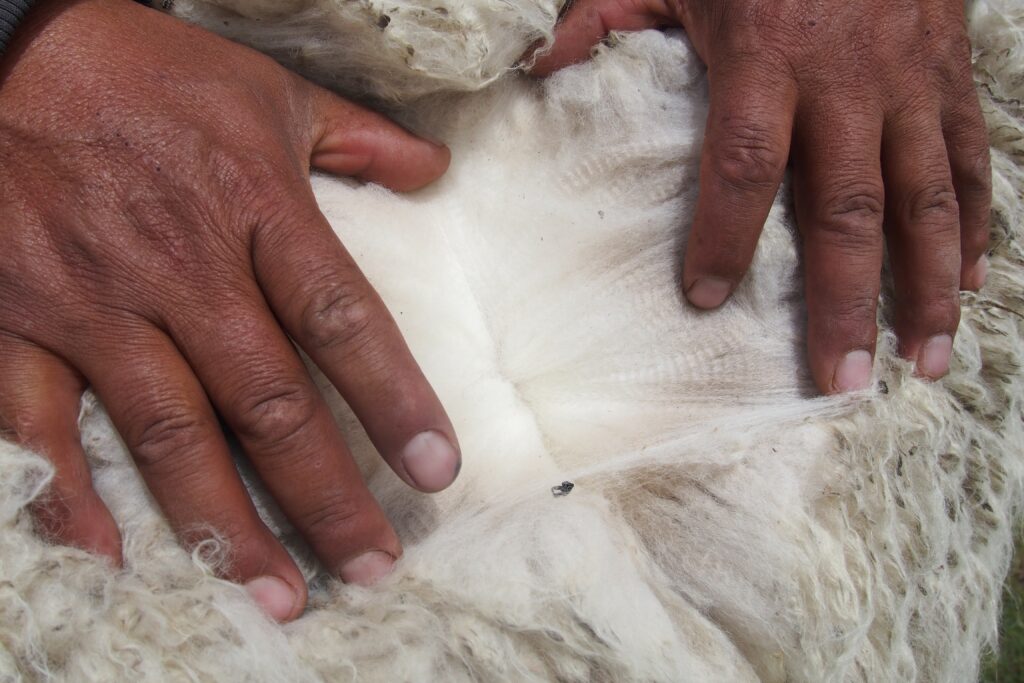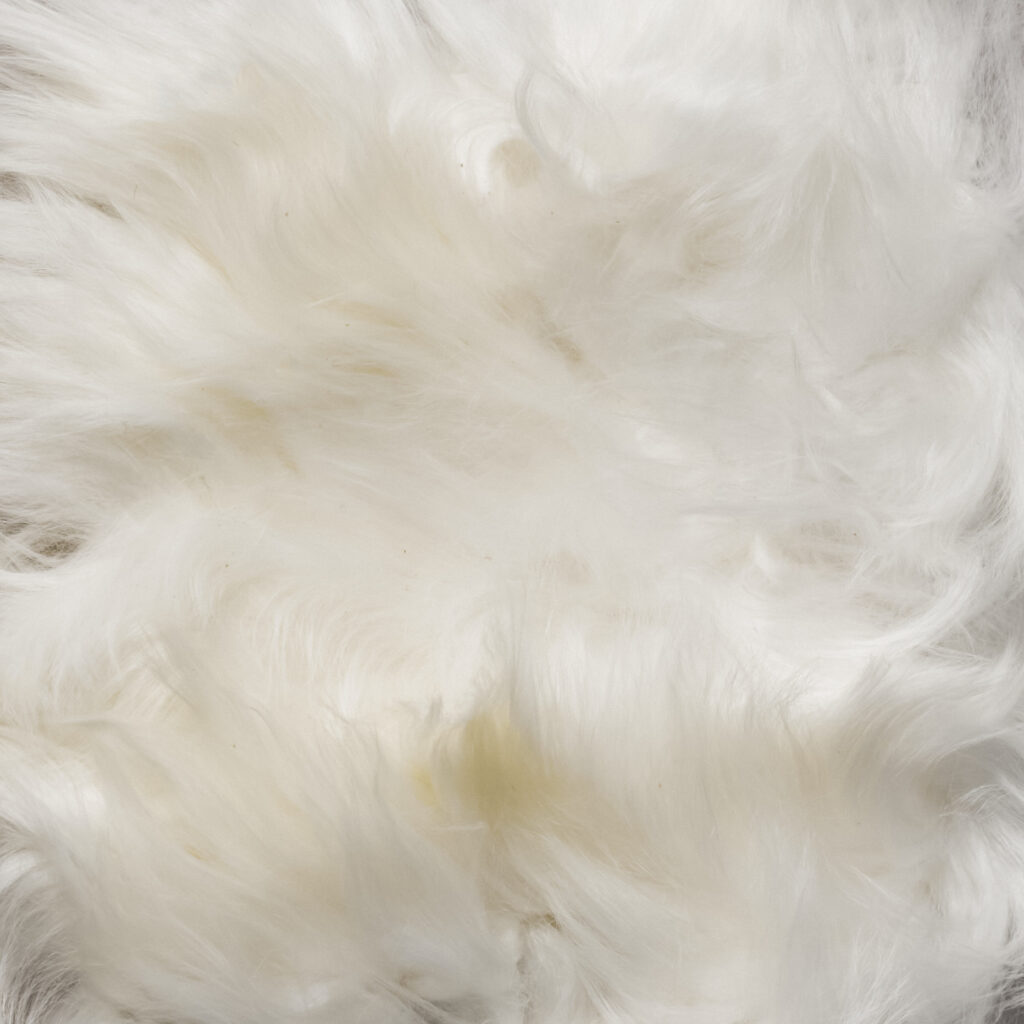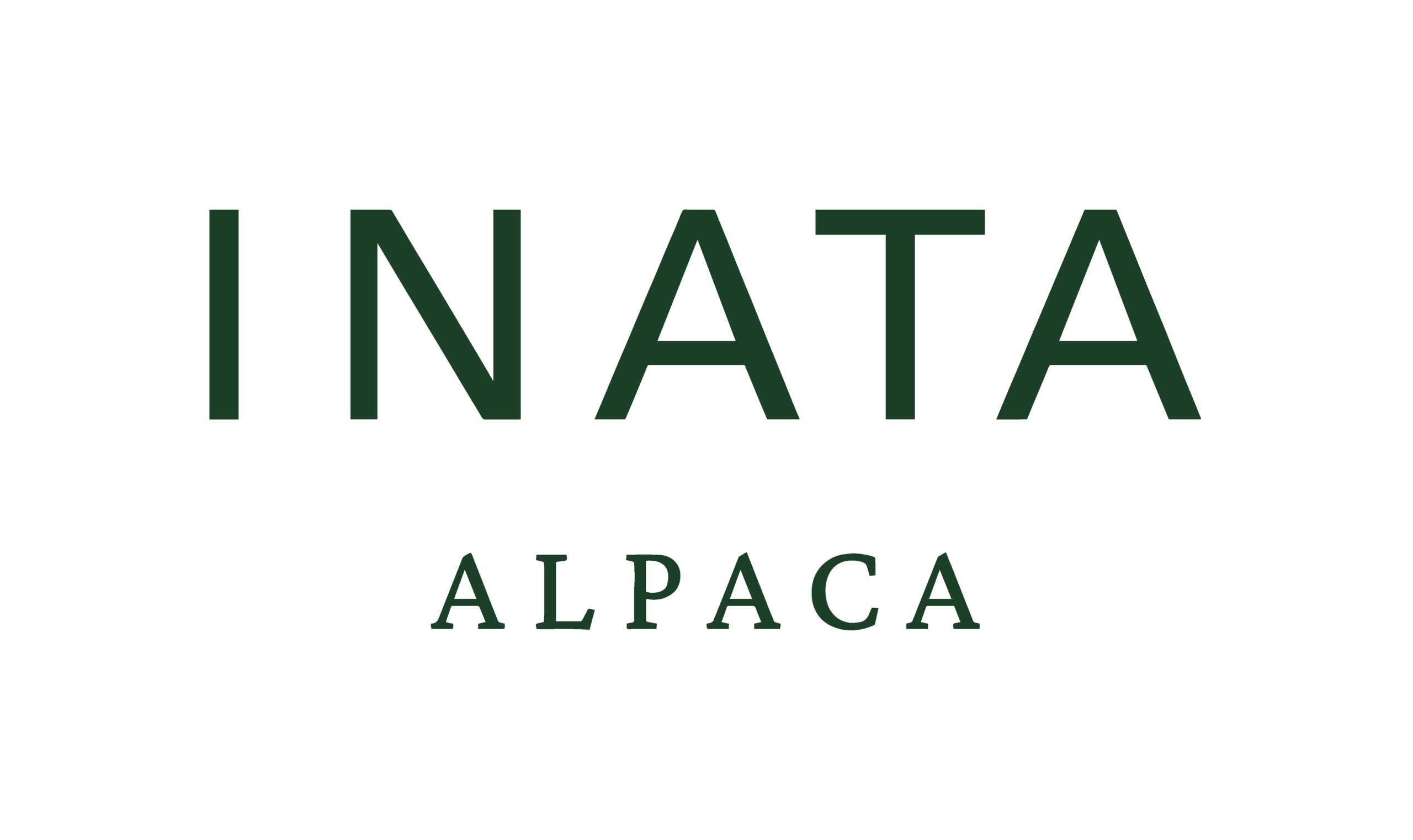

A Commitment to Quality
The authenticity of our pieces lies in our manufacturing process. Indeed, it was developed to mythologise the most magnificent gifts of the Andes. To achieve this, we devote a significant part of our work to aesthetic reflection. Therefore, our pieces express age-old truths through contemporary design.
The quality of our products requires a constant search for the finest alpaca fibre in the world. Moreover, we respect natural production methods. This is why we have set precise requirements at several levels. Consequently, we develop unique ranges crafted from the very best alpaca fibre available.
Alpacas survive in one of the harshest environments in the world. They rely on a thick layer of down that insulates them from the heat of the day. Furthermore, it protects them from the extreme cold of the night.
This resistance to extreme temperatures is due to thermoregulation. Specifically, countless micro air bubbles in their hair create this property. Their body temperature is insulated in these micro air bubbles during freezing nights. Meanwhile, the fibre allows the body to breathe easily on hot days. These properties are amplified at high altitudes. For this reason, we work exclusively with breeders based between 4,500 and 5,400 metres above sea level.
Rare and Natural
Soft and durable, alpaca wool feels even more exceptional when it is dyed. Fortunately, nature has done a good job. Indeed, alpaca wool comes in 24 natural shades. In order to offer 100% natural fibres, we avoid dyes or petrochemical processes. Therefore, we had to work with numerous farming communities. Together, we implement a selection process based on quality and colour at the beginning of manufacturing. Specifically, this happens immediately after shearing. The implementation of this step required us to control all stages of production. As a result, we oversee everything from shearing the fibre to packaging our products.
The implementation of a veterinary programme is currently underway. Its goal is to select the best potential livestock. Since the 1970s, the proportion of black, brown and dark grey alpacas has fallen sharply. During this period, alpaca fibre began to be used in the fashion world. However, it is much easier to dye white fibre than dark fibre. Consequently, yarn manufacturers focused their research on light-coloured fibres. Meanwhile, alpaca farmers sought to reduce the number of dark alpacas in their herds. They sold them to favour animals with light-coloured coats. This is why it is now almost impossible to find pure black fibres that have not been dyed.

Support and develop
In order to continue using these dark colours in our collections, we avoid resorting to dyes. Instead, we have been working for several years to raise awareness among our partners. Moreover, we support initiatives to preserve and develop alpaca breeds among breeders.
This involves in-depth genetic work. Ultimately, our goal is to continuously preserve the quality of this fibre. Additionally, we aim to protect certain colours that are tending to disappear.


